The good, the bad, the possibilities: local air quality
This is the fifth article in our series of weekly blog posts called “The Good, the Bad, the Possibilities”. For this series, we are asking local experts three questions to give you a quick overview of recent local trends and solutions with respect to a range of important issues that affect our community’s sustainability. This week’s topic is air quality, and our featured experts are June Blotnick, Executive Director of Clean Air Carolina, and Terry Lansdell, Executive Director of BikeWalk NC.
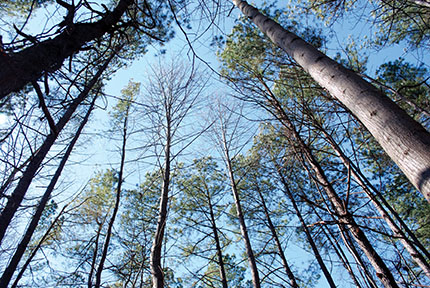
June has served as the Executive Director of Clean Air Carolina since 2005 and she has over 30 years of experience working with nonprofit and community-based organizations in North Carolina. At Clean Air Carolina, she manages a wide variety of educational and advocacy initiatives targeted at ensuring healthy air in North Carolina. June has been instrumental in the North Carolina Clean Diesel Program, which has promoted diesel emissions reductions since 2005. Originally focusing on school bus retrofits, the program assisted school systems across the state in accessing federal and state funds for retrofit projects, including working collaboratively with the Southern Alliance for Clean Energy to promote cleaner school buses.
Terry is Executive Director of BikeWalk NC a state-wide advocacy organization charged with making it safer for cyclists, pedestrians and all forms of active transportation. Formally he was public policy director with Clean Air Carolina, a Charlotte-based nonprofit working to improve air quality for all North Carolinians. He serves on the Mecklenburg County Air Quality Commission and the City of Charlotte’s Transit Services Advisory Board. Terry has a foundation of working with a variety of boards, organizations and nonprofits over the past 20 years, to advocate and promote safe active transportation and healthy environments for kids and adults. Terry received the 2015 Sustain Charlotte Community Sustainability Award for being Charlotte’s most outstanding leader.
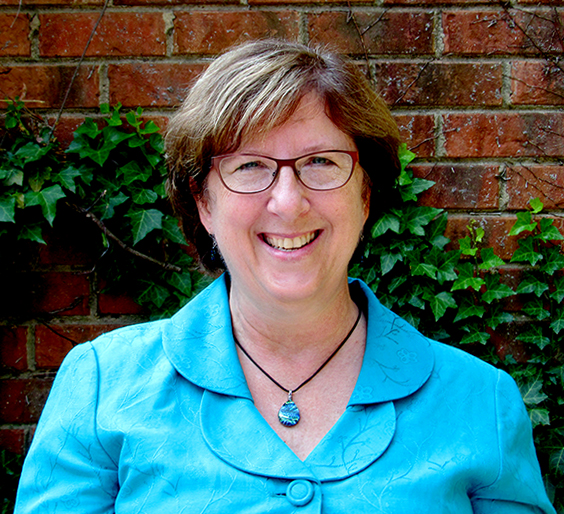
June Blotnick
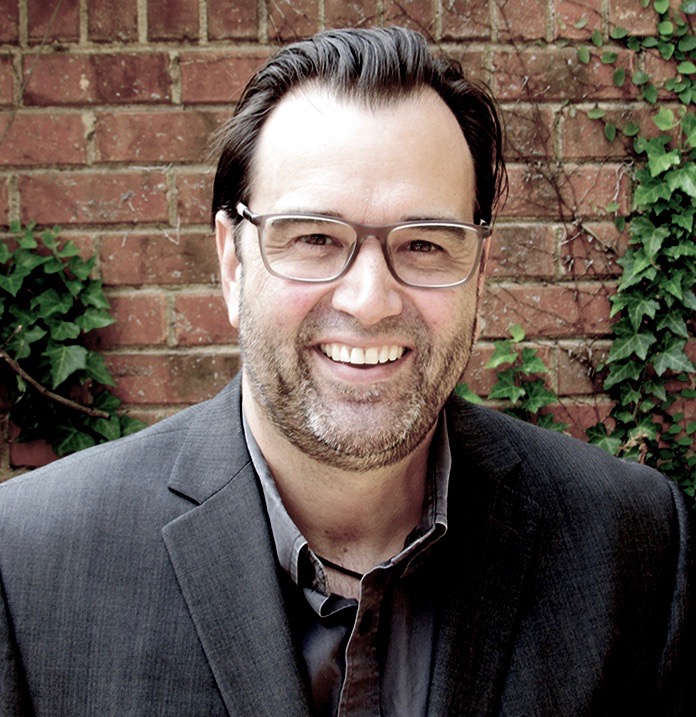
Terry Lansdell
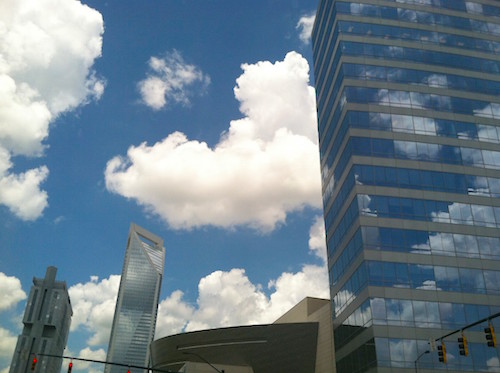
With regard to air quality, over the past few years:
What are 2-3 positive trends or developments?
June:
“One positive trend in Charlotte’s regional air quality is the continued reduction of ground-level ozone, our main pollutant of concern over the last few decades. This pollutant is formed when nitrogen oxides emitted from tailpipes and smokestacks interact with volatile organic compounds, heat and sunlight. Thanks to the North Carolina’s 2002 Clean Smokestacks Act, coal plants in the region were required to install pollution controls which drastically reduced the amount of nitrogen oxides in the air. In addition, cars and other on-road vehicles have been getting more fuel-efficient over the last few decades. Burning less fuel means spewing less pollution.”
“Another positive development is the recent adoption of the City of Charlotte’s resolution in support of a sustainable and resilient Charlotte by the year 2050. The City engaged stakeholders in the development of the resolution and continues to engage them in the creation of a Strategic Energy Action Plan which outlines strategies for reducing greenhouse gases from city operations by 2030 and for the entire city by 2050. The development of this plan is a major step forward in fulfilling Charlotte’s commitment to the US Climate Mayors agreement to adopt, honor and uphold Paris Climate Agreement goals.”
Terry:
“We are seeing incredible growth over the past few years in our region and across North Carolina. Some say we are now in the top three fastest growing regions in the country. We see more and more people able to live closer to work and not have to have rely solely on a car for mobility and economic advancement. We see the region taking seriously the vital importance of public transit and building our transit system for the future not the past. We see a rapid momentum increase in bicycle and pedestrian accommodations, the like this community has never seen before.”
“We are just now beginning to see a shift in how we generate electricity for our region. The retiring of the Riverbend Coal Plant has directly impacted our region’s air quality since it was shuttered improving our air quality dramatically. Plans to continue to retire coal plants in the area will not only help improve our air quality for our most vulnerable and the rest of us, as well as, help us transition into a clean renewable energy future. These steps have a direct impact on air quality, for our community and in terms of sources of air pollution trends, we now split almost equally between energy generation and mobile sources as the main sources of air pollution. This is a significant shift from what is used to be, when energy generation was clearly the largest source of our regions pollution.”
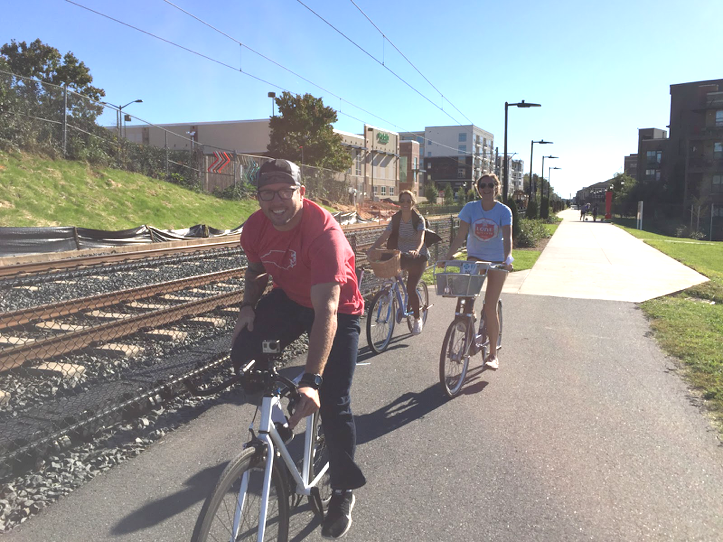
What are 2-3 negative trends or developments?
June:
“Challenges to local air quality include our rapidly growing population which is evident in city-wide construction projects, much of it in center city neighborhoods. Residents are being exposed to emissions from more cars, traffic congestion and construction activity. Diesel pollution from construction equipment contains black carbon—a potent climate forcing agent. Development and gentrification are changing older neighborhoods resulting in more construction and often larger homes which use more electricity. More electricity generated from burning fossil fuels threatens air quality and adds to the climate crisis. The displacement of families caused by gentrification can result in less access to public transportation and an increase in single vehicle use and vehicle miles traveled.”
“Climate change presents another major challenge to air quality. With rising temperatures on sunny days, meteorological conditions are more conducive to forming ground-level ozone unless nitrogen oxides from tailpipes and smokestacks are drastically reduced. Our transition to non-carbon-based fuels must accelerate rapidly if we are to avoid an increase in ozone. Drought and the resulting wildfires caused by a warming planet also contribute to increased levels of fine particulate matter, a major health hazard linked to heart disease, neurological disorders and a host of other illnesses.”
Terry:
“While we see active and public transportation options in some areas increasing, we are lagging behind in how we grow outside the urban areas. While numbers of cars owned remain steady as we grow, we see people driving more and farther and subject us to unsafe levels of tailpipe emissions.”
“We are missing out on state funding; regional support of transit and we are being led down a roadway build design pattern that will exact too high of a toll in the future. Pun intended. Building new roads to allow for sprawl, destroy wetlands and natural areas are common place in the planning and budgeting process now for our region. Coupled with that, changes at the federal level, put us at even greater risk for increased pollution and backsliding, by allowing vehicles to become less efficient, not more efficient in the future.”
“As for energy generation, the transition to natural gas over coal has some benefit locally but the national and global burden of that choice will be debilitating in the future. There is an aggressive resistance in the state and with our energy monopoly to allow for a democratization of the energy grid and allow for the free market to contribute to the sustainability and reliability of the grid by allowing renewable energy sources to prosper outside the direct control of the utility.”

What solutions would help reverse the negative trends/developments?
June:
“To reverse these negative trends business leaders, the faith community, neighborhood organizations, affordable housing advocates and other residents must work collectively with decision-makers and industry partners to create policies, programs and development practices that are guided by the reality of climate change in the 21st century. We must work on two tracks concurrently: 1) reduce carbon emissions from fossil fuels in the electricity and transportation sectors by investing in renewable energy and electric transportation and infrastructure; and 2) retrofit our communities to be resilient to the changing climate and prioritizing the needs of those communities and neighborhoods who are most at risk.”
“Charlotte’s North End Smart District and their Strategic Energy Action Plan are two hopeful steps in the right direction. The Renewable Energy Transition Initiative (RETI) which partners with neighborhoods to reduce the energy costs of families with high energy burdens is an innovative example addressing environmental equity issues. Clean Air Carolina’s Clean Construction Partnership with Novant Health, Atrium Health, and UNC Charlotte to reduce toxic diesel emissions and our AirKeepers initiative in the Historic West End which engages neighborhoods in measuring and responding to hyper-local levels of air pollution, are also good examples of programs that need expanding. A good resource for this important work is the 2017 report by the Center for American Progress, “Making Charlotte a Climate Ready and Just City”, which describes what we’re doing right and recommendations for carrying out an equitable and measurable climate action strategy.”
Terry:
“We must retain environmental policies and strengthen organizations that protect our health and environment from mobile and industrial sources of pollution.”
“We must prioritize complete streets concepts when building and redesigning roads. Complete Streets will help us improve the quality of our roads by allowing safe accommodations for all users, regardless of ability, race, gender, social status or residence. Codifying Complete Streets designs will help our prioritization process limit new projects that are not designed for everyone and help fund transit projects before road projects.”
“While we cannot control the weather, our hot sunny southern climate has to be used for good. We can start by eliminating the energy monopoly and promoting renewable energy like wind and solar in building design, for homes and investing in energy storage that limits the need for new energy generation units relying on fossil fuels and fossil fuel infrastructure. These are critical to a larger solution, one in which changes the paradigm of using our southern climate to pump pollutants into the air that react and compound our air quality issues and use our renewable resources to provide a resilient sustainable energy future and transportation system that is affordable and accessible to everyone.”
Please join Terry and BikeWalk NC at this year 7th Annual BikeWalkNC Summit October 19-20 in Raleigh! And check back next week for more interviews with sustainability experts!
Thanks for reading!
As a nonprofit, community support is essential for us to keep doing what we do — including providing free articles like this. If you found this article helpful, please consider supporting Sustain Charlotte.
Want to stay in the loop? Subscribe to our weekly newsletter and follow us on Instagram, Facebook, and Twitter.
